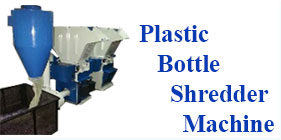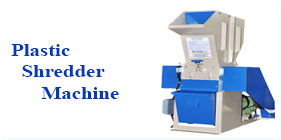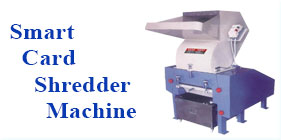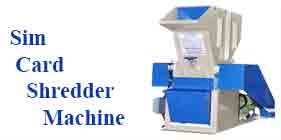Frequently Asked Questions:
What material can I shred in the shredder?
-
- Papers, Monocartons, blister foil, Aluminium foil, vouchers, corrugated box, x-ray films, outsters, credit cards, debit cards, lottery tickets, rejected label stock, blister with
- Medicine, confidential papers, cheque leaflets, sim cards, Pharma waste computer printouts, plastic sheets etc.
Strip cut – Most economical protection
-
- Shreds into illegible 5mm to 10mm strips for adequate security.
- Less expensive then cross cut shredders.
- Ideal for commercial high volume shredding.
- Low on maintenance costs.
Entry width
-
- The size of the entry width determines how quickly and easily various sizes of material can be shred. Example; If you will be shredding 11’ wide computer papers, you will need at least 12” entry width.
Performance
-
- Throughput – Compare the amount of sensitive material you want to shred with the throughput ( sheet capacity x speed / feet per minute) to identify which machine will best meet your needs.
Durability
-
- Especially in workshop/factory environments, a shredder should be tough enough to accept a certain amount of metals like staples and paper clips without causing damage to the machine. Also a small shredder designed to accept 15 or 20 sheets at a time will not last long, if you put more sheets in it.
Operation
-
Ease-in-operation is key in selecting a shredder. Some features to consider:
- One-hand operation .Machine should be easy to use by just about anybody!
- Should be easy to clean and oil, no training required.
SOME MORE SHREDDER FAQ’s
-
Q. What does shredder speed mean?
A. Speed is actually measured in two different ways; how fast paper goes through the machine; and how much paper can go in at once.
Q. What is Feet-per-Minute speed?
A. Input/Throughput is generally measured in ‘feet-per-minute”(f.p.m)
Q. What is paper capacity?
A. this refers to how many sheets can go through at once. Capacities for shredders are measured in “sheets per pass’. Always choose a shredder with a somewhat higher capacity than your average document so you don’t find yourself frequently overloading your machine.
Q. What & How Much you want to shred?
A. Check what material & quantity you want to shred & select accordingly as there are many type of shredder e.g. office shredder / Industrial paper shredder / Heavy duty shredder.
Q. What is Strip-Cut
A. Like the name implies, Strip-cut-shredders tear paper both lengthwise into strip that look like raw fettuccine. Strip-cut shredders require little or no maintenance.
Q. What is Cross-Cut?
A. A Cross-cut shredder cuts paper both lengthwise and crosswise. As well as providing better security , cross-cut shredders significantly reduce the volume of your shreds, which means emptying the shred bag less often. Cross-cut shredders generally require more maintenance 9 such as frequent oiling) than strip-cut machines.
Q. What does “Throat Width” mean?
A. Throat width refers to the size of the opening in which you put your paper/materials. This ranges from a low of 8 3/4" to a high of 20”. For maximum efficiency and speed, its best to choose a width that will comfortably accommodate the material you want to shred most.
Q. How do I maintain my shredder?
A. The most common things to cause shredder problem is user misuse and abuse, including overloading it, putting too big paper clips in, or feeding materials such as plastic items that can melt onto cutting heads. Proper training on the use of shredders can help minimize these problems. The other major component to keeping your shredder working properly is keeping the cutting head properly oiled. Depending on the type of shredder you purchase, this will vary. Generally cross-cut shredders are more sensitive to oiling than strip-cut shredders. If you are purchasing a cross-cut shredder you may want to consider an automatic oiler for prolonged, trouble-free shredding. Oil lubricates the cutting blades, extending their life and helping them run smoother and quieter. Oil should be applied directly to the material you are shredding once a month for regular usage.






